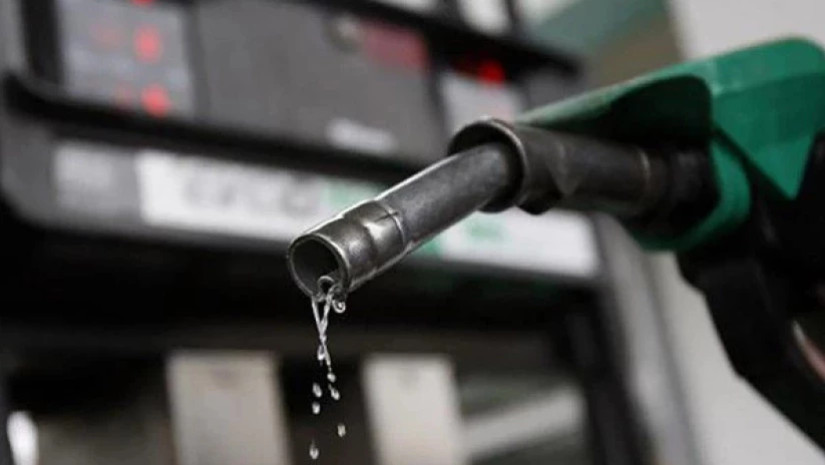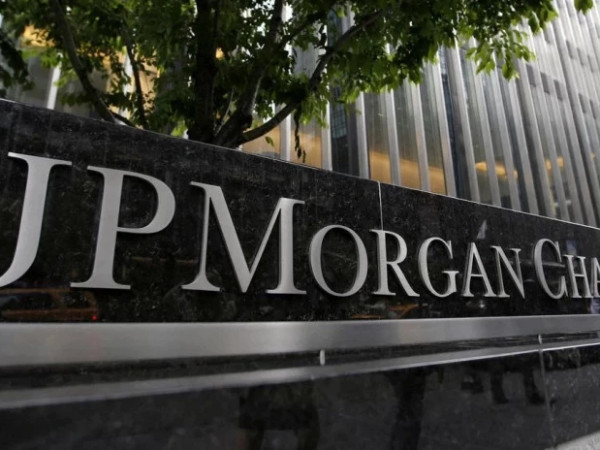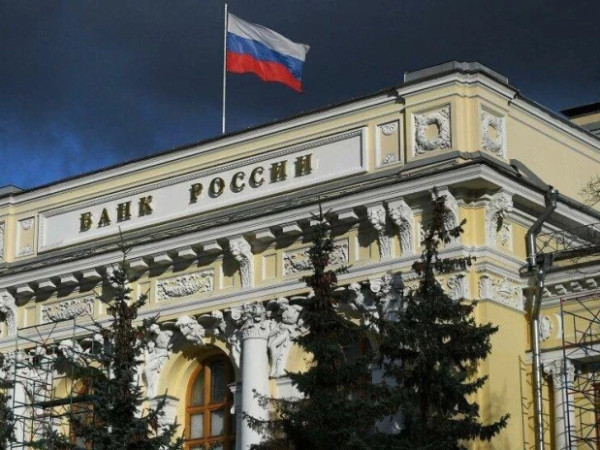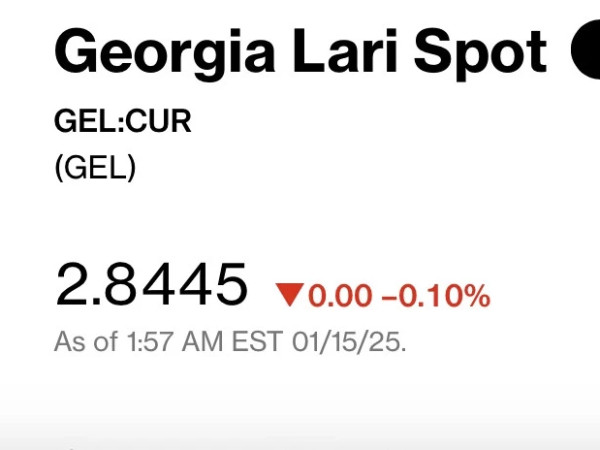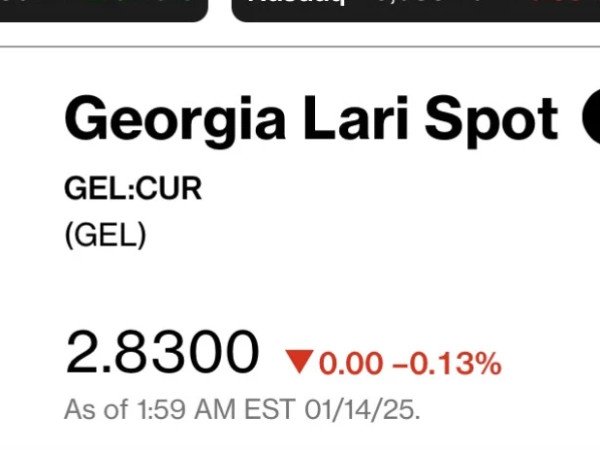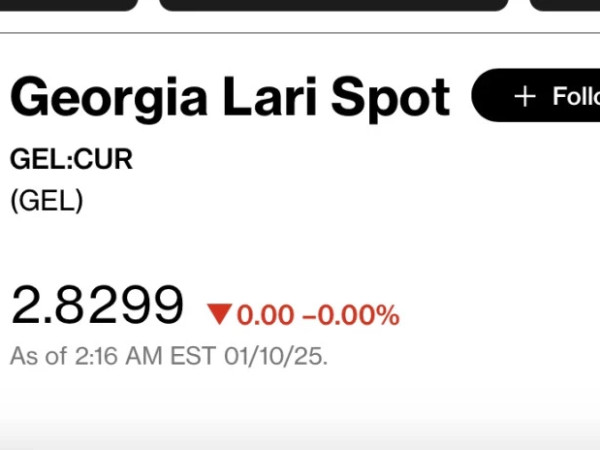Moscow has announced it will extend its ban on gasoline exports from August to October, in a bid to offset the growth in domestic demand in spring and summer.
"In order to avoid any problems in these months, there will be no lifting of the (gasoline) export ban in August. It was also a fundamental decision for September-October that exports will be limited in order to be insured," Russian Deputy Energy Minister Pavel Sorokin was quoted by the TASS news agency as saying.
Earlier, Bloomberg reported that Russia’s four-week average seaborne oil exports fell to 3.11 million barrels a day as of July 14, down by almost 600,000 barrels or 17% from their recent peak in April. Russia’s seaborne crude shipments have declined to the lowest since January, thanks to a rebound of domestic refining rates to a six-month high.
China and India are likely to feel the export cuts most keenly since they buy more than 80% Russian seaborne crude sales. However, the barrels that have been taken off the market represent a small fraction of their total crude purchases, meaning Chinese and Indian buyers could easily replace them with crude from other markets.
“The sharp drop in July isn’t a one-off event,” Viktor Kurilov, senior oil markets analyst at consultant Rystad Energy A/S, has told Bloomberg.
Rystad Energy has predicted that Russia’s seaborne crude flows will remain capped at around 2.7 million barrels a day in July and August but rebound slightly to 2.9 million barrels a day in September when Russian refineries are expected to begin their traditional autumn maintenance. That’s a big drop from exports of 3.6 million to 3.7 million barrels per day recorded in April and May as repeated Ukrainian drone attacks disrupted domestic refining.
“The levels seen in April or May are not to be repeated in 2024, barring large-scale drone attacks that would debilitate even more refineries than the spring strikes,” Viktor Katona, lead crude analyst at intelligence firm Kpler, told Bloomberg.







